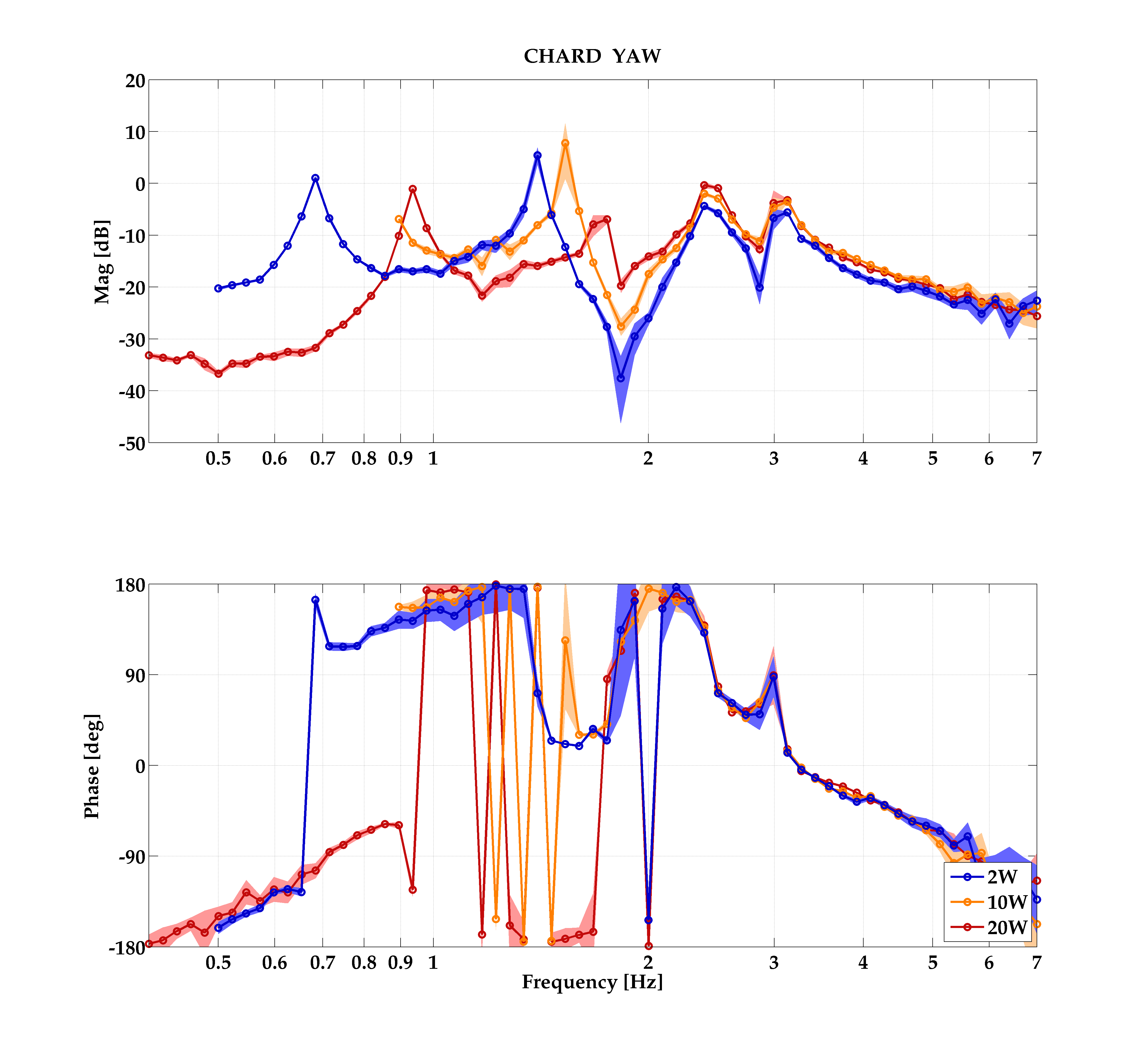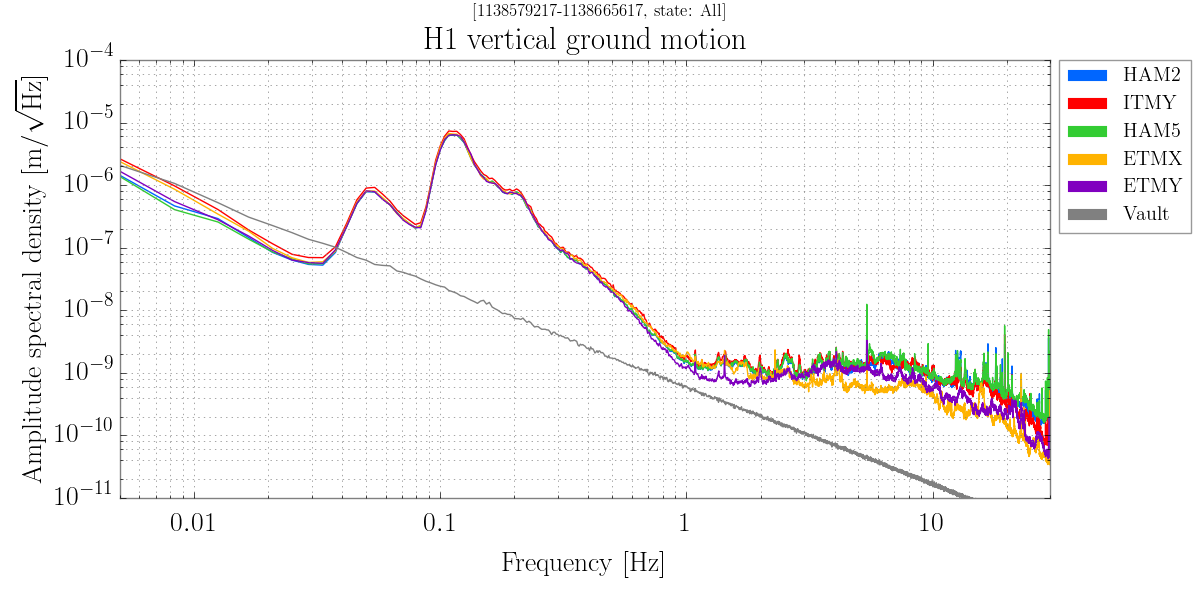Turns out that HWS at the end stations were temporarily turned on. When HWS is on and not on a separate power supply, it injects 57Hz noise into the ESD, which is picked up by the monitor. Another mystery solved.
On the attached top left, red is with the EX HWS off, blue is on, IFO unlocked, ETMs uncontrolled. EX ESD UL digital output was turned off. The 57Hz line and its harmonics are gone with the HWS.
On the bottom left are the same thing but with EY HWS off/on. No 57Hz in either of the two traces. That's because EY HWS is on a separate temporary power unit (alog 18355). The reason why we also saw 57Hz in EY LVESDAMON in lock (alog 25310) is not clear, maybe EX ESD was not turned off (though all outputs were zeroed) and shook the ETMX, and the line might have propagated to EY through DARM loop (we can see the line in DARM).
I don't know if X-Y difference (bottom right), apart from the callines in Y, is for real or just the sensing noise.





























